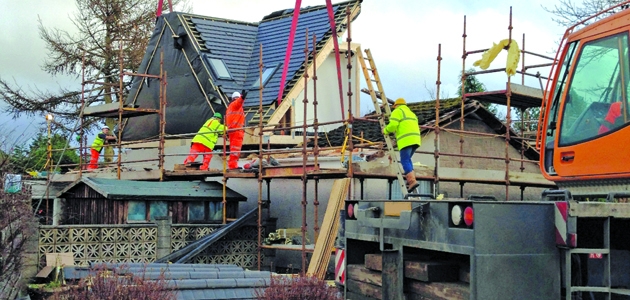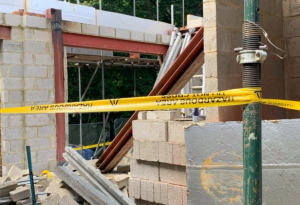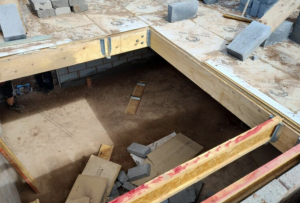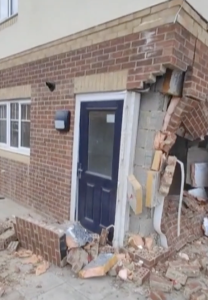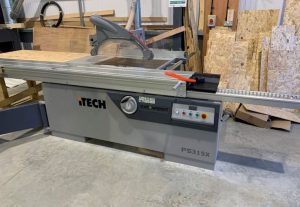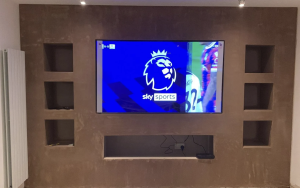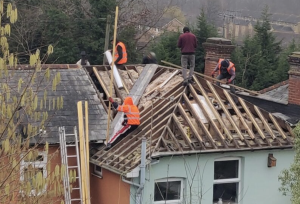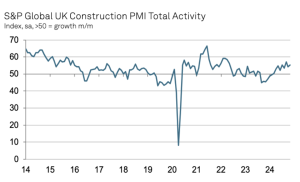Loft conversions and bathrooms at most risk of project problems
This post has already been read 1859 times!
Great article from the Daily mail this is money on loft conversions

Loft conversions and bathroom refits are the home improvements tradesmen say are most likely to go wrong, new findings suggest.
With TV property programmes ringing in their ears and the cost of moving high, many homeowners are tempted to improve, not move, and add another bedroom.
But while loft conversions are often considered the easiest and cheapest way of adding that all important extra bedroom, 36 per cent of British builders and tradesmen surveyed by Direct Line Home Insurance said they are the most problematic home improvements.
Loft conversions were followed by changing bathrooms, where 26 per cent of projects go wrong, and fitting a new kitchen, where 19 per cent cause problems.
Of those surveyed, 47 per cent of builders and tradesmen said extensions are currently the most popular home improvement.
In some areas an extension or loft conversion can pay off handsomely.
While the average cost of an extension is approximately £35,000, the average difference between a two and three-bedroom property in London is around £157,202.
In Scotland, where the gap is narrowest, the difference between a two and three-bed home is £45,949.
Those considering work should remember than the cost will vary substantially depending on where in the country they are – it could prove much trickier to get a £35,000 extension in London than Scotland.
Meanwhile, extending or adding an extra room by converting a loft can prove troublesome, according to the people who do the work.
James Gold, of Landmark Lofts, told This is Money: ‘While a loft conversion can significantly increase the value of a property, there are a few things to keep in mind when considering whether to take the plunge.
‘First of all, neighbours will need to be notified about the conversion and any party wall issues. Although they can’t stop a project from going ahead, they can request a survey before and after the works have taken place.
‘Additionally, you need to make sure you know what you’re working with. At least 2.1m of head height is required within the loft itself which is measured from the ceiling joints to the ridge.’
New bathroom and kitchen installations can also be fraught with potential problems, the findings from Direct Line suggest.
A number of builders said kitchen refits or extensions frequently go wrong, as homeowners often want to have lots of input, without necessarily understanding the feasibility or implications of their demands.
Greater access to light is the most popular reason for homes to get a refit, with 15 per cent of builders surveyed reporting this as the latest trend.
Popular light-enhancing home improvements include installing large bi-folding doors, exterior brickwork replacement and fitting new skylights.
Katie Lamas of Direct Line said: ‘Extending homes or converting rooms to add light and space can add real value to a property, so can be worth the investment.
‘With the rising cost of house prices making it expensive to move, home improvements are a popular way to improve your living situation without breaking the bank.’
Ms Lamas added: ‘Having good home insurance is important as improvements and changes to your home can impact your policy.
‘Make sure you inform your insurer of any improvements you are planing before you make them, as you may need to increase your cover or abide by additional exclusions, for the duration of the building work.’
There was a piece of good news for those banking on higher bills than expected, though.
Only 26 per cent of home improvement projects tend to run beyond the original budget and timeframe, the 100 builders and tradesmen surveyed said.
Carrying out any form of home improvements requires proper planning, realistic budgeting and knowledge of any applicable planning permission requirements.
Agreeing a quote with builders before any work starts and setting a viable timeframe upfront can also help prevent future problems. The builders surveyed in today’s findings suggest getting a minimum of three quotes.
While our thirst for home improvements appears unquenchable, a more realistic outlook could be that rising housing costs and supply shortages are pushing more people to look to their existing home for inspiration and more space.
In this regard, 44 per cent of UK households have changed rooms in their homes from their intended use into something entirely different, findings from Gocompare suggest.
Thirty-two per cent of over 2,000 people surveyed said they had converted a room into an office, while 8 per cent now use their dining or living room for different purposes.
Thirteen per cent had converted a room into a laundry room, while 12 per cent have changed a room’s use to create a computer gaming room.
After a home office, the second most common use of an extra room in the UK is for storing junk, the findings reveal.
Meanwhile, thirty-four per cent of over 65s surveyed said they had converted a spare bedroom for another use, with 51 per cent saying they had converted a room into an office.
While 15 per cent of people aged between 25 to 34 said they had changed the use of a spare bedroom, 14 per cent had switched the use of their living room.
Ben Wilson of GoComapre said: ‘It looks like the days of the guest bedroom are numbered.
‘The spare bedroom might once have been set aside for visitors stopping over, but now it seems most people are creating a permanent space for their computers and files or their everyday junk, with guest most likely relegated to the sofa or camp bed.’
Earlier this month, the Office for National Statistics revealed that UK house prices increased by 9.6 per cent in the year to March.
Given the rising cost of moving, love them or loathe them, loft conversions, junk rooms and kitchen extensions look set to stay.

